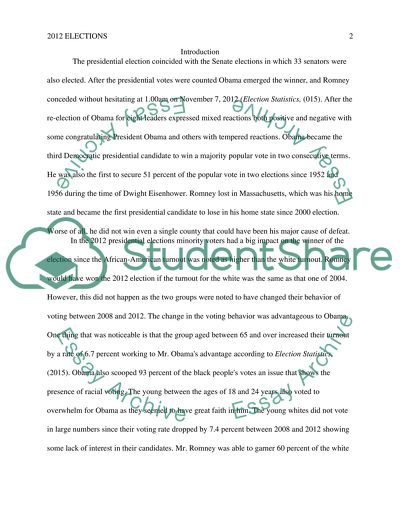Cite this document
(“Opinion and Voting Behavior in 2012 Elections Research Paper”, n.d.)
Opinion and Voting Behavior in 2012 Elections Research Paper. Retrieved from https://studentshare.org/social-science/1702080-opinion-and-voting-behavior-in-2012-elections
Opinion and Voting Behavior in 2012 Elections Research Paper. Retrieved from https://studentshare.org/social-science/1702080-opinion-and-voting-behavior-in-2012-elections
(Opinion and Voting Behavior in 2012 Elections Research Paper)
Opinion and Voting Behavior in 2012 Elections Research Paper. https://studentshare.org/social-science/1702080-opinion-and-voting-behavior-in-2012-elections.
Opinion and Voting Behavior in 2012 Elections Research Paper. https://studentshare.org/social-science/1702080-opinion-and-voting-behavior-in-2012-elections.
“Opinion and Voting Behavior in 2012 Elections Research Paper”, n.d. https://studentshare.org/social-science/1702080-opinion-and-voting-behavior-in-2012-elections.


